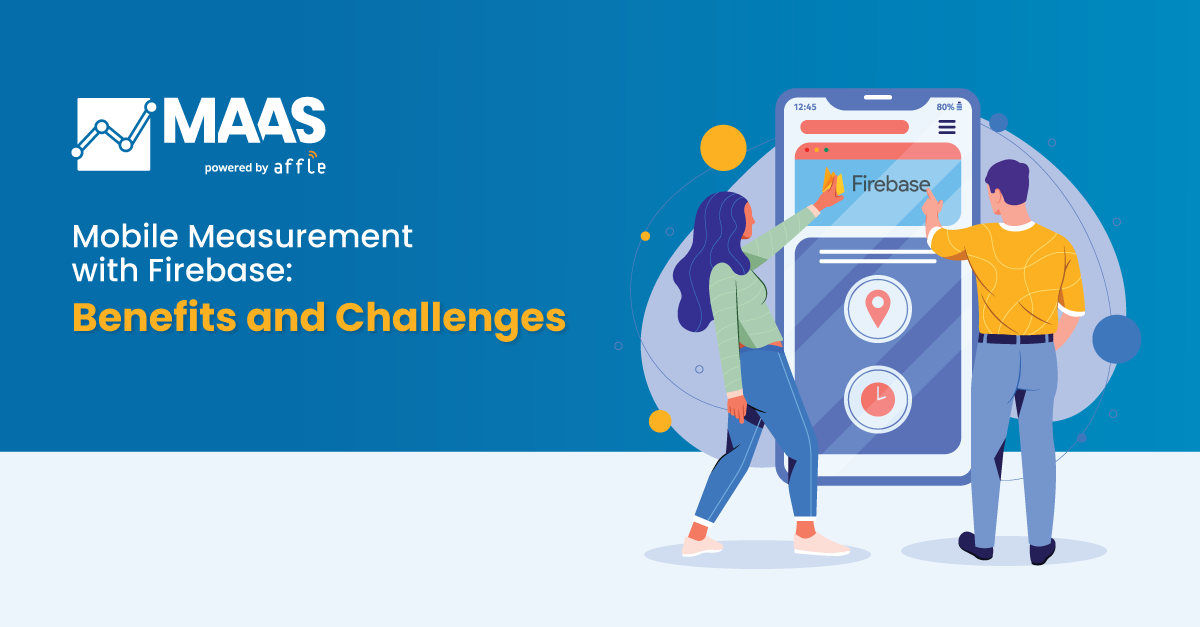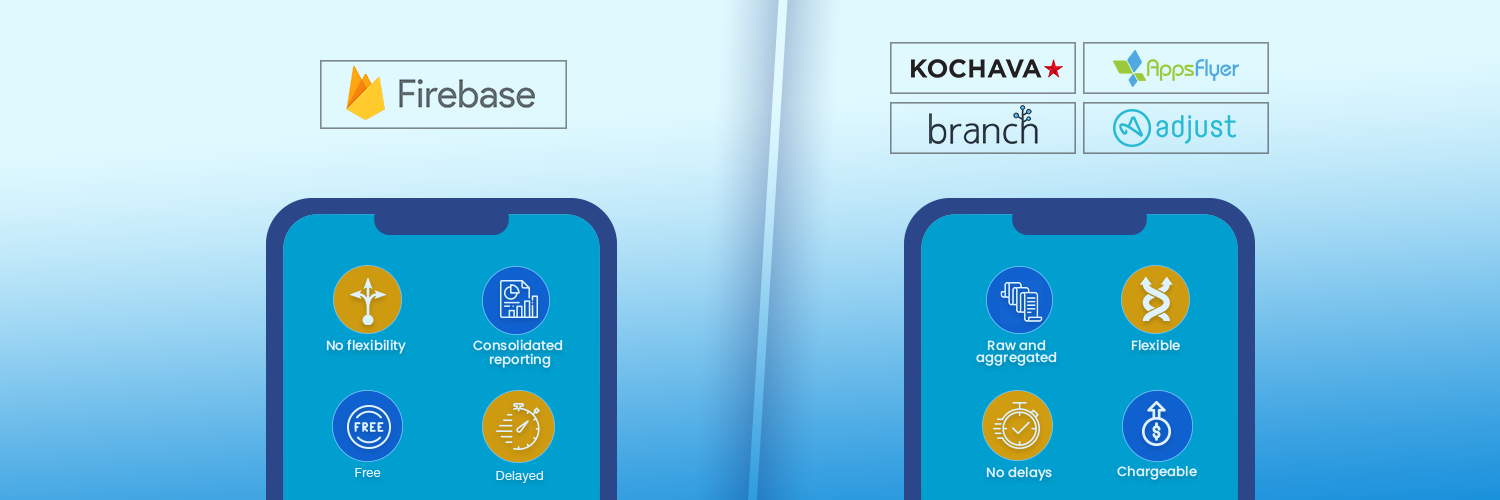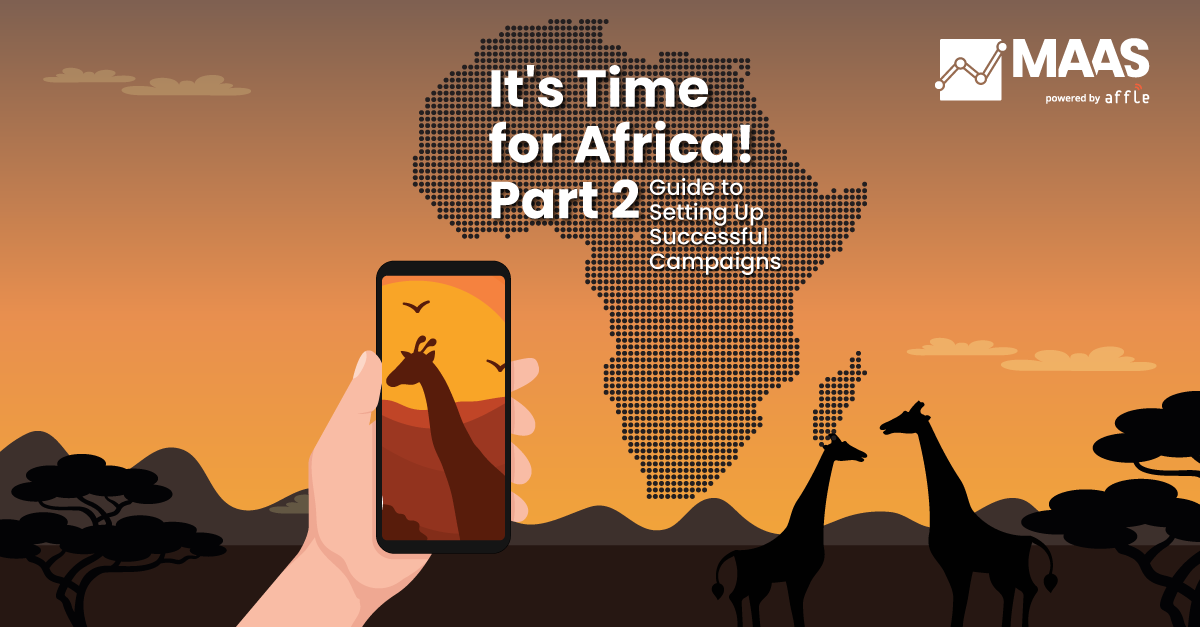Mobile Measurement with Firebase: Benefits and Challenges for App Advertisers

For any app, big or small, mobile measurement is critical to its success. Having insights into an app’s user and performance data can help advertisers to make an assessment of the ad campaigns and gather insights around attribution, ROI, acquisition channels, and conversions, etc. A mobile measurement partner (MMP) is, thus, an app advertiser’s best friend along with a UA partner to help collect and organize the app data to attribute campaign events and calculate the true impact of their campaigns.
Some of the most common and major attribution platforms in the industry are Appsflyer, Adjust, and Kochava, as well as Branch and Singular. Then there is also Firebase by Google, one of the oldest in the market yet an unexplored MMP.
What is Firebase
Firebase by Google is a platform that helps app developers and businesses build and scale apps. It also gives insights into app performance and stability, as well as attribution and measurement data for user engagement and retention. It can be easily integrated with iOS and Android through APIs that are packaged into a single SDK. [Note: Firebase recently announced a host of new updates and features in 2022. You can access the entire keynote announcement to learn more.]
Key Benefits
- Cost-efficient for apps across both Android & iOS
- Easy to configure for the Android platform
- Audience event predictions for reporting and tracking
- Demographic- and event-based segmentation
- The SDK automatically captures certain key events and user properties
Key Challenges
- Hard to configure new ad partners and is a time-consuming process
- Does not allow the addition of custom partners that are not integrated with Firebase
- Tracks many events and actions but does not offer flexibility to assign multiple KPIs
- Limited data collection and hard to track view-through attribution campaigns
- Attribution windows are comparatively long
- Lacks the flexibility to filter the traffic sources (city, device targeting)
- Re-engagement campaigns attribution data is missing (user-specific data analytics is not available)
- Delay in reporting of postbacks (Between 2-3 hours and 1 day)
Common Analytics and Measurement Use Cases with Firebase
- Define custom events to measure as per business needs.
- View crash data notification, deep-link performance, in-app purchase data.
- User insights from acquisition to usage to make product and marketing optimization.
- Optimize campaign performance through attribution with one SDK across sources
- Utilize events and user properties to define custom audiences based on device data and user events which can be used for further remarketing and A/B testing.
- Supports UTM and web tracking through Firebase Dynamic Linking
So, Who Should Use It
An ideal user for integrating with Firebase is a starting-up app looking to scale. An app, at the start of its scaling journey, usually has limited data to deal with as well as operating on a low marketing budget. Integrating with an MMP like Firebase at this stage will help such an app to benefit from the early tracking reports and test waters for tracking and measurement. Integrating early also helps performance marketers to get a view of their users and grow quickly. While Firebase has its limitations as compared to other bigger players in the industry in terms of events one can measure, it is not limited to smaller apps. Several of the big companies like Zillow, Vimeo, Under Armor, and Imure, continue to use the Firebase SDK. Many companies also prefer to use Firebase to have greater control over their data, while others use it in their tech stack for onboarding new users, and understanding their users across devices.
To find out how Firebase measures up against other industry players, download our free ready-to-use battlecard by clicking on the image below:
You can also get your free copy here: Download Battlecard
Sauhard Sachan contributed to this article.




















